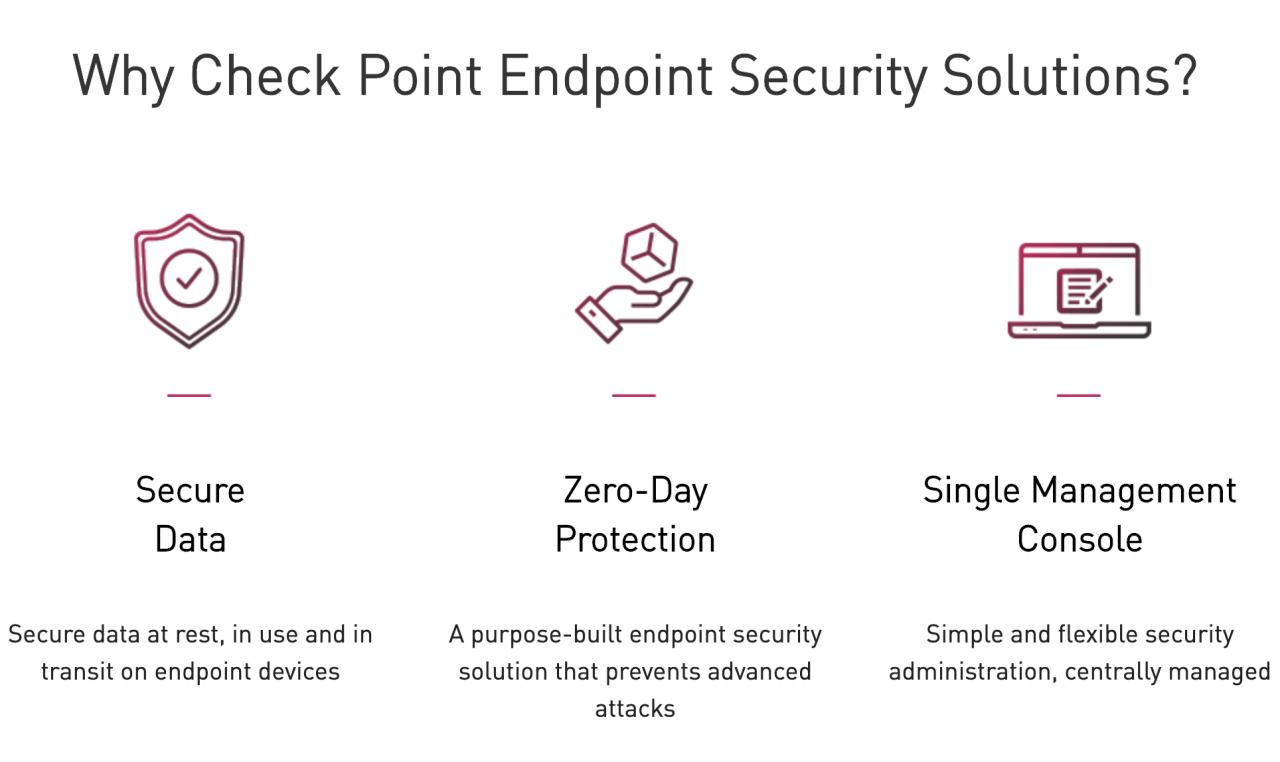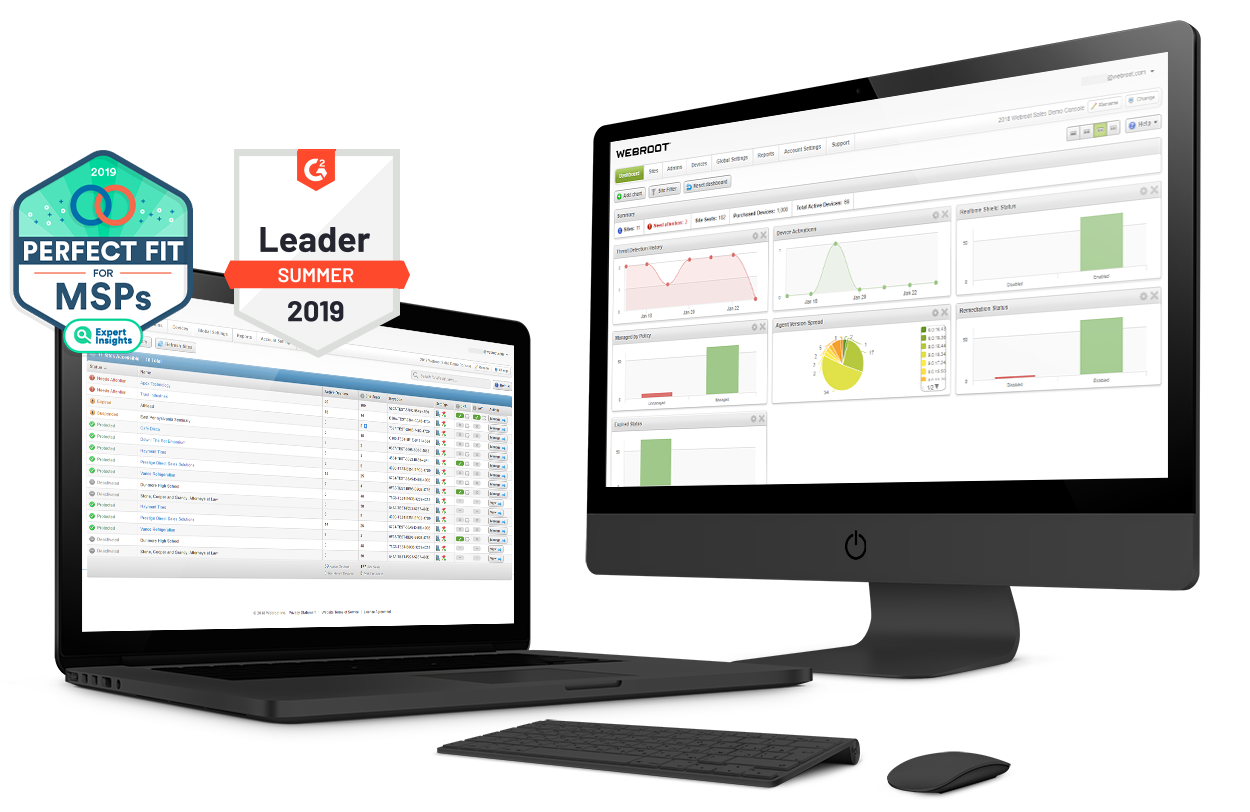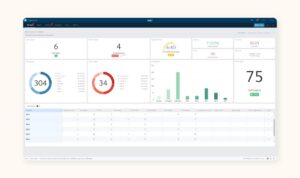Endpoint protection software serves as a crucial defense line in today’s digital landscape, where cyber threats are constantly evolving. As businesses and individuals rely more on technology, the need for robust security solutions has become paramount. This software not only safeguards devices from malware and unauthorized access but also ensures data integrity and compliance with various regulations.
By utilizing advanced techniques such as threat intelligence, behavioral analysis, and real-time monitoring, endpoint protection software can effectively mitigate risks associated with remote work and personal devices. In an increasingly interconnected world, these tools play an essential role in maintaining the security of sensitive information and protecting against potential breaches.
In today’s fast-paced society, the concept of work-life balance has become increasingly vital. As we navigate through our professional responsibilities, personal commitments, and social obligations, striking a balance between these aspects can often feel like an uphill battle. It’s essential to understand what work-life balance truly means and how we can cultivate it in our daily lives.
Understanding Work-Life Balance
Work-life balance refers to the equilibrium between one’s professional duties and personal life. It’s about ensuring that neither work nor personal commitments overshadow the other, leading to a harmonious lifestyle. Achieving this balance is not merely about managing time; it also involves prioritizing what matters most to you, setting boundaries, and learning to say no when necessary.
Why is Work-Life Balance Important?
Maintaining a healthy work-life balance is crucial for several reasons:
- Improved Mental Health: Chronic stress from overworking can lead to burnout, anxiety, and depression. Finding a balance allows for mental rejuvenation.
- Increased Productivity: When employees have time to recharge, they often return to work more focused and efficient.
- Better Relationships: Spending quality time with family and friends strengthens personal relationships, leading to a more fulfilling life.
- Enhanced Physical Health: A balanced lifestyle encourages healthier habits, including regular exercise and proper nutrition.
Strategies for Achieving Work-Life Balance
Here are some effective strategies to help you achieve a better balance:
1. Set Clear Boundaries
Establishing boundaries between work and personal time is essential. This might mean turning off work notifications after hours or designating a specific workspace in your home. Communicate these boundaries to colleagues and family members to ensure everyone is on the same page.
2. Prioritize Tasks
Not all tasks carry the same weight. Learn to prioritize your responsibilities by identifying what truly needs your attention. Tools like to-do lists or digital planners can help streamline your tasks and keep you focused on what matters most.
3. Embrace Flexibility
Life is unpredictable, and sometimes, you may need to adjust your plans. Embracing flexibility in your schedule allows you to adapt to unexpected events without feeling overwhelmed. This might involve negotiating flexible work hours or adopting a remote work model when possible.
4. Make Time for Yourself
Self-care is not a luxury; it’s a necessity. Allocate time for activities that rejuvenate you, whether it’s reading, exercising, or pursuing a hobby. These moments of self-care enhance your well-being and prepare you to tackle daily challenges.

5. Foster a Supportive Network
Surround yourself with people who understand and support your efforts to achieve balance. Discuss your challenges with friends or colleagues and seek advice or assistance when needed. A strong support system can provide encouragement and accountability.
The Role of Employers in Promoting Work-Life Balance
Employers play a crucial role in facilitating a culture of work-life balance. Here are some measures they can adopt:
1. Flexible Work Arrangements
Offering options such as remote work, flexible hours, or compressed workweeks can significantly enhance employees’ ability to balance their professional and personal lives.

2. Wellness Programs
Implementing wellness initiatives, such as mental health days, fitness challenges, or stress management workshops, can promote a healthier work environment.
3. Encouraging Time Off
Encouraging employees to take their vacation days and personal time is essential. Many workers feel guilty taking time off, but employers should actively promote a culture where taking breaks is seen as a benefit, not a burden.
Challenges to Work-Life Balance
Despite the strategies available, many individuals still struggle to maintain balance due to various challenges:
1. Technology Overload
While technology has made communication easier, it can also blur the lines between work and personal time. The expectation to be constantly available can lead to stress and exhaustion.
2. High Job Demands
Many jobs come with increasing responsibilities and pressures, making it difficult for employees to disconnect and recharge. Setting realistic expectations and managing workloads is crucial in these scenarios.
3. Personal Responsibilities
Caring for family members or managing household tasks can add to an individual’s stress. It’s important to recognize these responsibilities and seek help when necessary, whether through family support or professional services.
Conclusion: The Continuous Journey to Balance
Achieving work-life balance is not a one-time task but a continuous journey. It requires ongoing reflection and adjustment as circumstances change. By implementing these strategies and fostering a supportive environment, individuals can create a more harmonious existence that nurtures both their professional ambitions and personal fulfillment.
Ultimately, the importance of work-life balance cannot be overstated. It’s about living a life that aligns with your values and priorities, leading to greater satisfaction and overall happiness. As we navigate our busy lives, let’s strive to create a balance that allows us to thrive in all areas of life.
Clarifying Questions
What is endpoint protection software?
Endpoint protection software is a security solution designed to protect individual devices such as computers, mobile phones, and servers from cyber threats.
How does endpoint protection software work?
It works by monitoring, detecting, and responding to threats through various techniques, including antivirus measures, firewalls, and intrusion detection systems.
Is endpoint protection software necessary for home users?
Yes, home users are increasingly targeted by cybercriminals, making endpoint protection essential for safeguarding personal information and devices.

Can endpoint protection software prevent all types of cyber threats?
No, while it significantly reduces risks, no security software can guarantee complete protection against all threats.
How often should endpoint protection software be updated?
It should be updated regularly, ideally automatically, to ensure it can defend against the latest threats and vulnerabilities.



























